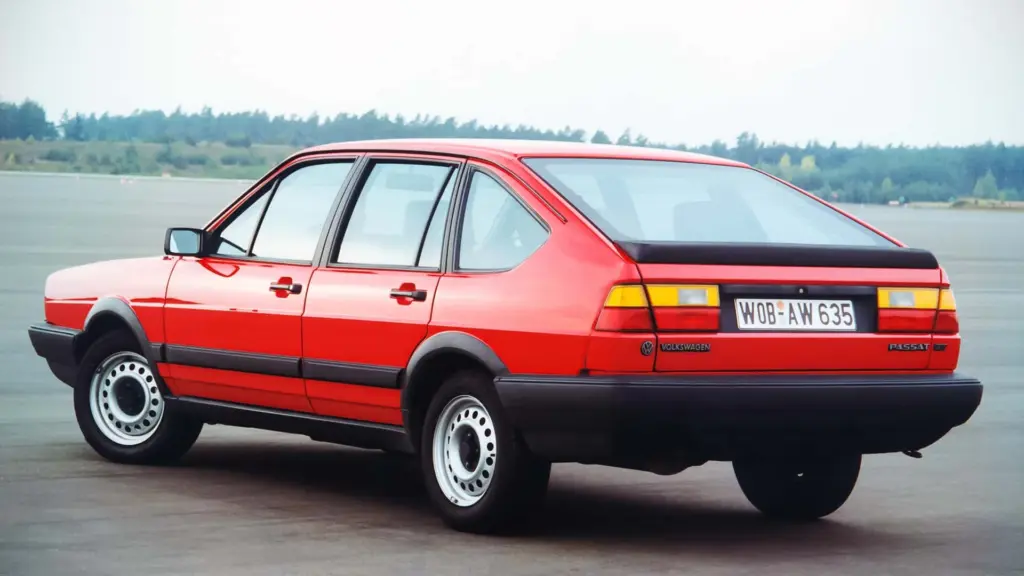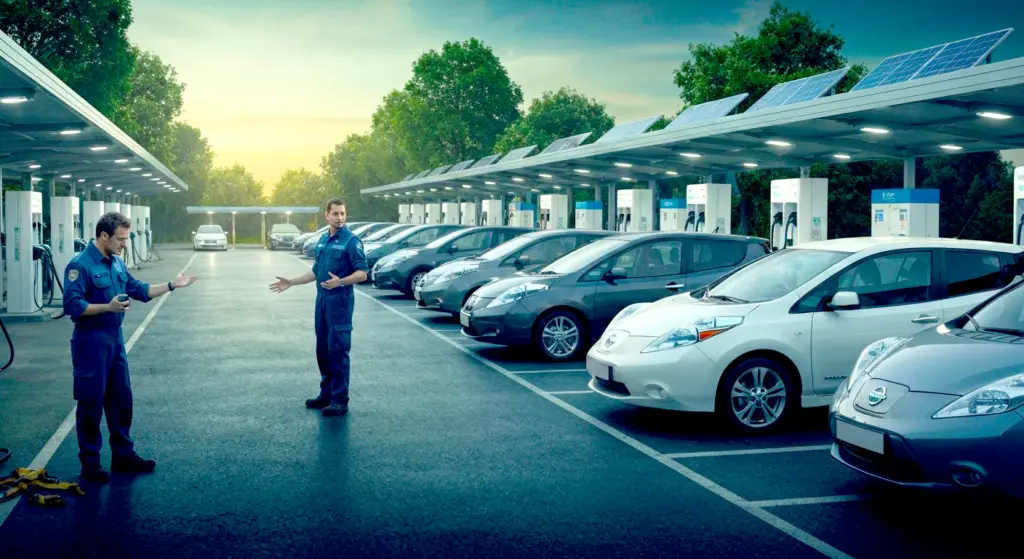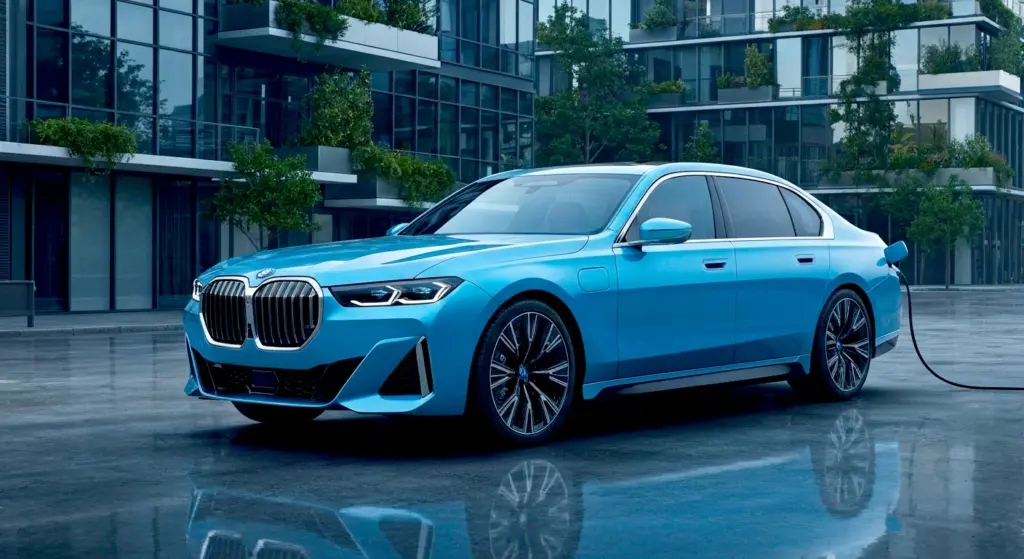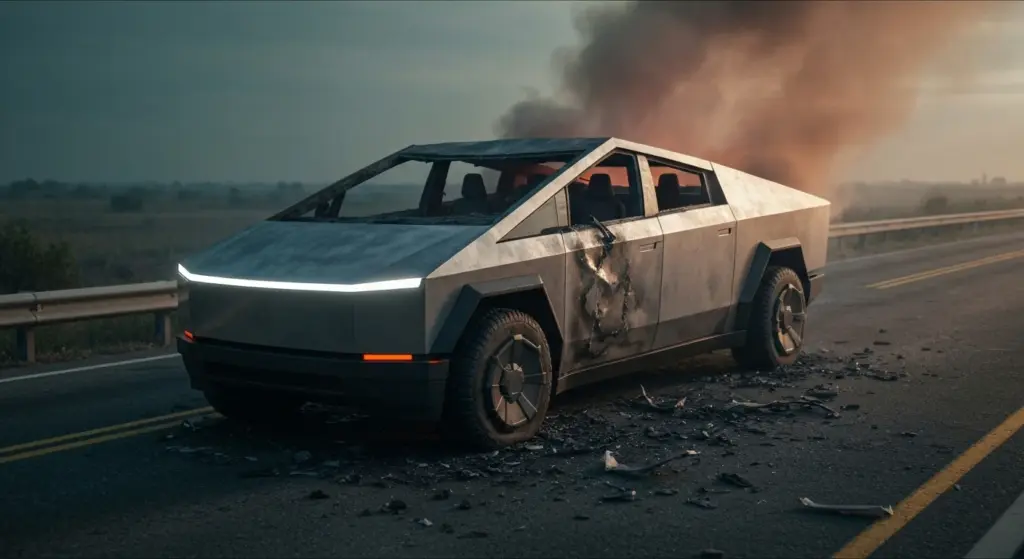Every automotive oil filter has a better destination than regular trash. Made of steel, paper, and rubber, it comes out dirty from the engine but can be reused by industry as valuable raw material. Below, you see the complete cycle: risks, reverse logistics, processing, and what changes with hybrids and electric vehicles.
Why Is a Used Oil Filter a Hazardous Waste?
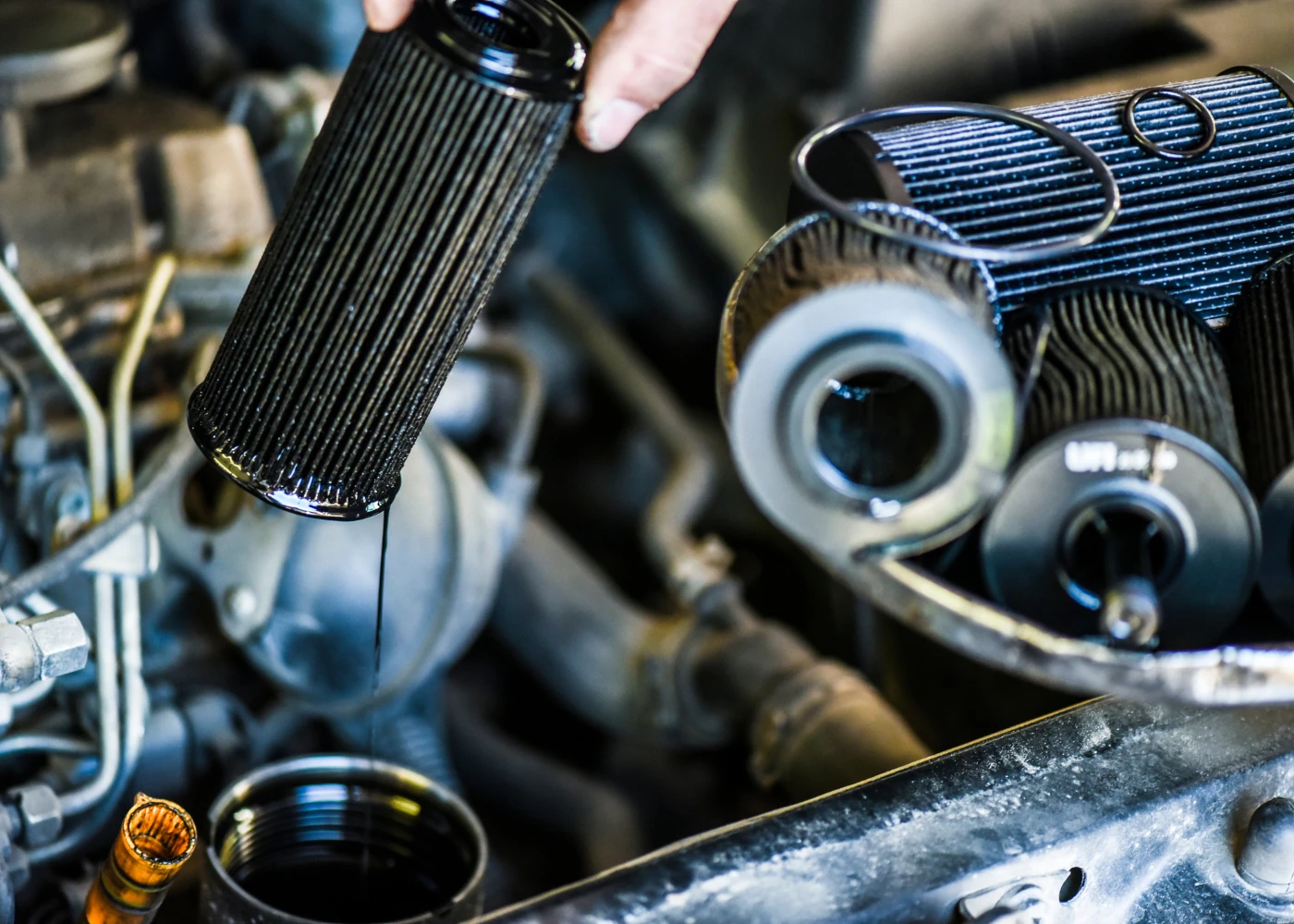
Because it retains contaminated oil with wear metals, degraded additives, acids, and aromatic hydrocarbons. Even a small amount can pollute soils and large volumes of water. The usual classification is “hazardous waste,” requiring specialized transportation and treatment.
If the engine already shows signs of oxidation and varnish, this accelerates the saturation of the filter element. Indicators like “sludge” or dry residue on the oil dipstick are clear alerts of degradation that demand immediate attention.
How Does the Logistics of Filter Reverse Collection Actually Work Globally?
The foundation is Extended Producer Responsibility: manufacturers and importers finance collection, transportation, and disposal. Workshops and service centers store drained filters in sealed containers, and licensed collectors handle transportation with traceability.
repair after oil change exceeding $5,000, proving that proper process, correct parts, and safe disposal are cheaper than improvisation.
What Happens During Industrial Processing and Re-refining?
After collection, the filter is shredded in dedicated lines that separate three fractions: oil, ferrous metals, and non-metals. The oil goes to re-refining, where contaminants are removed, and the base oil is recovered. The result: a product used as a base for new lubricants.
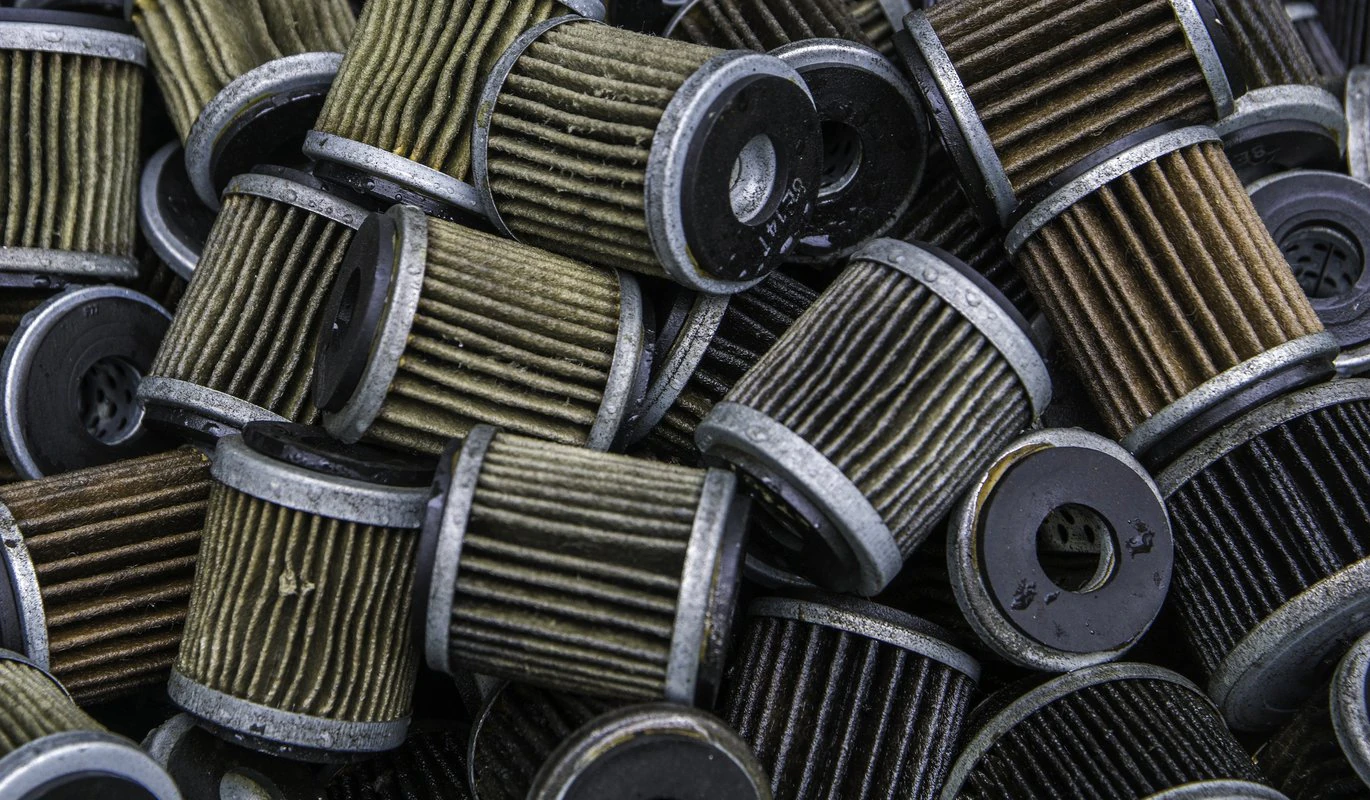
Steel is baled and sent back to the steelmaking industry. Paper and rubber are sent to co-processing in cement kilns above 2,200°F (1,200°C), destroying unwanted compounds and replacing fossil fuels. Practical goal: zero landfill, maximum circularity.
What Technical Specifications Matter When Choosing a Filter?
Look beyond the price. Focus on efficiency (e.g., β20≥200 at 20–30 μm), retention capacity (grams of contaminants), drain-back material (silicone lasts longer than nitrile), burst pressure (≥290 psi), and bypass valve (typical range of 15–30 psi). These details save the engine.
Thermal compatibility, resistance to fuels, and sealing ring quality also matter. In turbocharged and start-stop engines, prioritize synthetic media, higher capacity, and consistent valves. This extends oil life and reduces waste per mile traveled.
Quick Comparison of Disposal Routes
- Oil re-refining: high value
- Steel recycling: energy savings
- Co-processing: zero landfill
- Incineration: high emissions
- Sanitary landfill: environmental risk
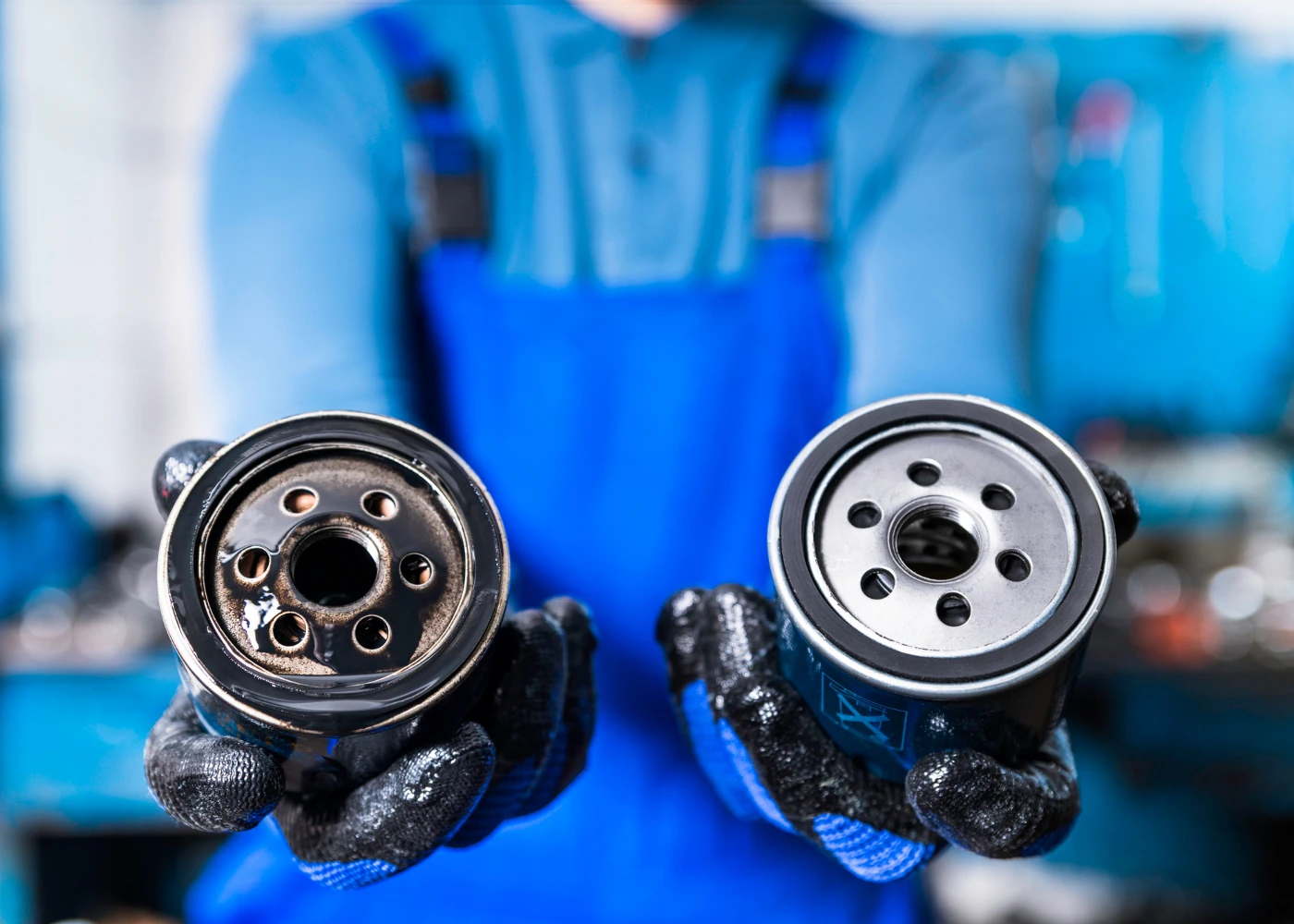
How Much of the Filter Becomes Raw Material and What Remains?
Mass-produced spin-on filters typically contain about 40–55% steel, 10–20% residual oil, and 25–40% non-metals. Variables include filter model, change interval, and engine condition. Better maintenance leads to more predictable recycling yields.
In mature systems, almost everything re-enters the cycle: oil becomes base oil, steel becomes steel, and the rest becomes energy and clinker. What “remains” is logistics: collecting with density and scale. We will soon discuss costs and how to optimize this with technology.
What Are the Costs, Challenges, and How to Scale Globally?
The bottleneck is transporting hazardous waste and the dispersion of generators. Solutions include optimized routes, regional hubs, standardized containers, IoT for tracking, and performance targets linked to sector funding. As the chain becomes denser, the cost per unit drops.
Training workshop staff and consistent oversight prevent “leakages” into illegal disposal. Eco-design helps: cartridge filters (without cans) reduce steel use, and higher capacity elements reduce the number of changes. Scale is achieved through engineering, governance, and ongoing education.
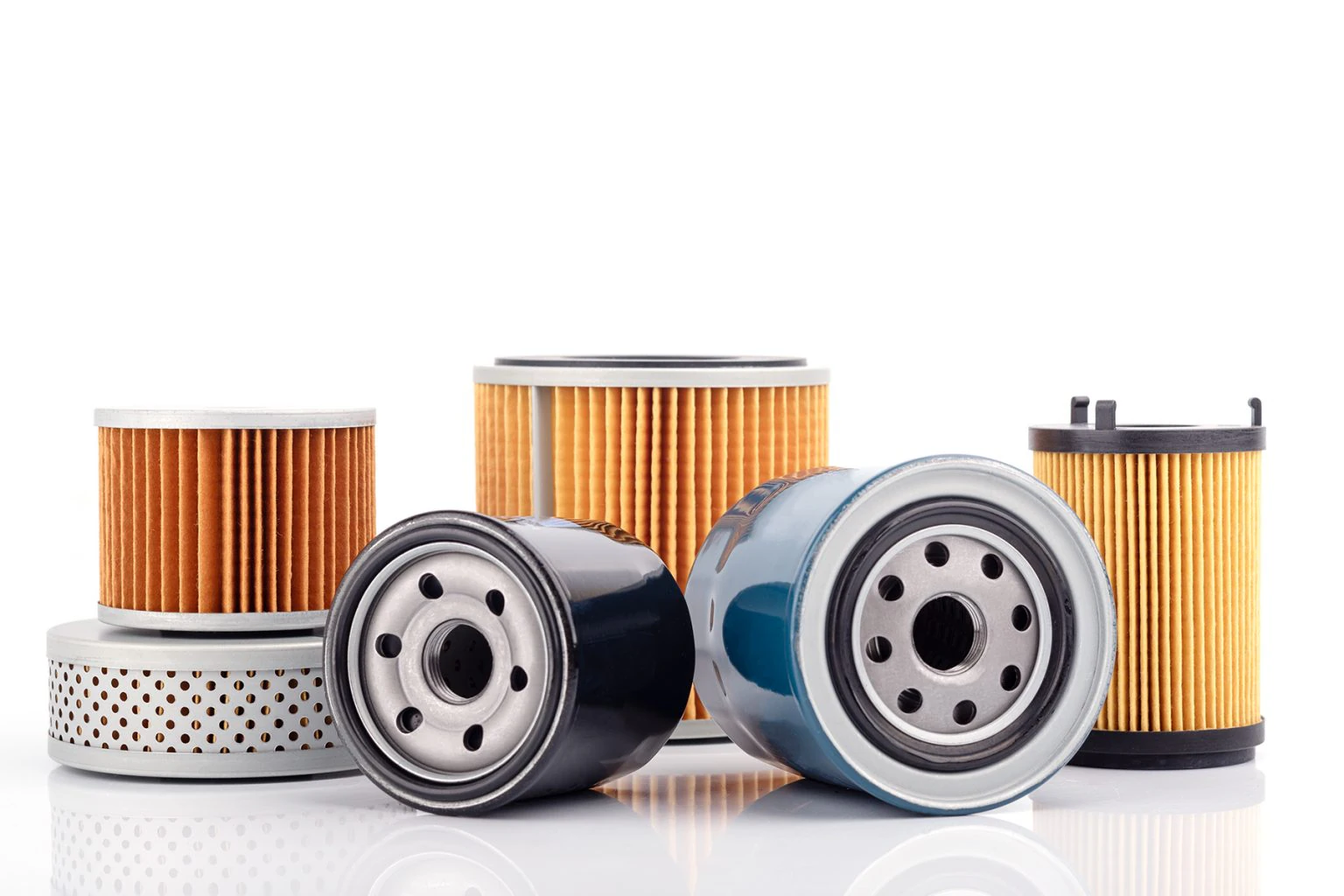
Do Electric and Hybrid Vehicles Change the Waste Management Game?
Yes. Pure electric vehicles do not require an engine oil filter, eliminating this waste flow and associated oil changes. There is also less lubricating maintenance in the powertrain, which ties into the debate “Do electric cars break down less?”.
In return, there’s responsibility for batteries: lifespan, repair, second life, and recycling. Innovations like the “quasi eternal battery” and second-life chains demonstrate how circularity shifts from oil to lithium-ion ions.
Hybrids still require oil filters and changes for the internal combustion engine. If you’re considering switching, understand the system and typical maintenance by consulting a clear guide to hybrid cars to estimate costs, intervals, and parts needed.
Quick Safety Handling Checklist
- Drain the filter after removal
- Store in a sealed container
- Avoid mixing wastes
- Label and track volumes
- Use licensed collection containers
- Require proof of proper disposal
Quick FAQ
- Can I dispose of the filter in regular trash? No. It is hazardous waste and requires specialized collection and disposal.
- Does draining the filter eliminate the risk? It reduces risk but does not eliminate it. Always treat it as hazardous and store properly.
- Does re-refining produce inferior oil? No. Re-refined base oil can reach quality equal to or better than virgin oil.
- Is a cartridge more sustainable than a spin-on? Generally yes: less steel and more recyclable material per operation.
- Do electric vehicles eliminate this waste? Yes, there is no motor oil filter. But battery management becomes the new focus.
Now it’s up to you: How does your workshop, fleet, or condominium handle used filters? Share your practices, questions, and successful solutions in the comments.
Author: Fabio Isidoro
Founder and editor-in-chief of Canal Carro, he dedicates himself to exploring the automotive universe with depth and passion. A car and technology enthusiast, he produces technical content and in-depth analyses of national and international vehicles, combining quality information with a critical eye for the public.

